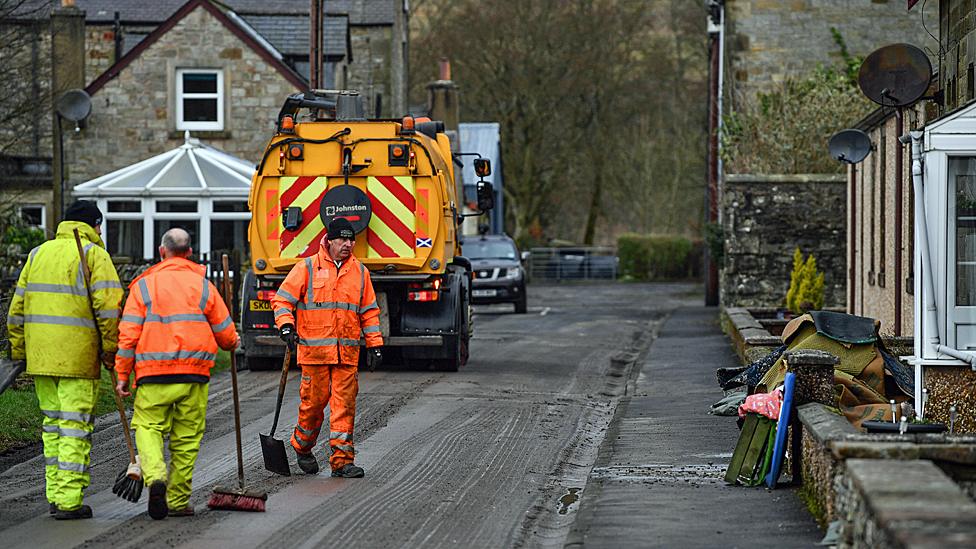Borders village's CCTV system switched on
- Published
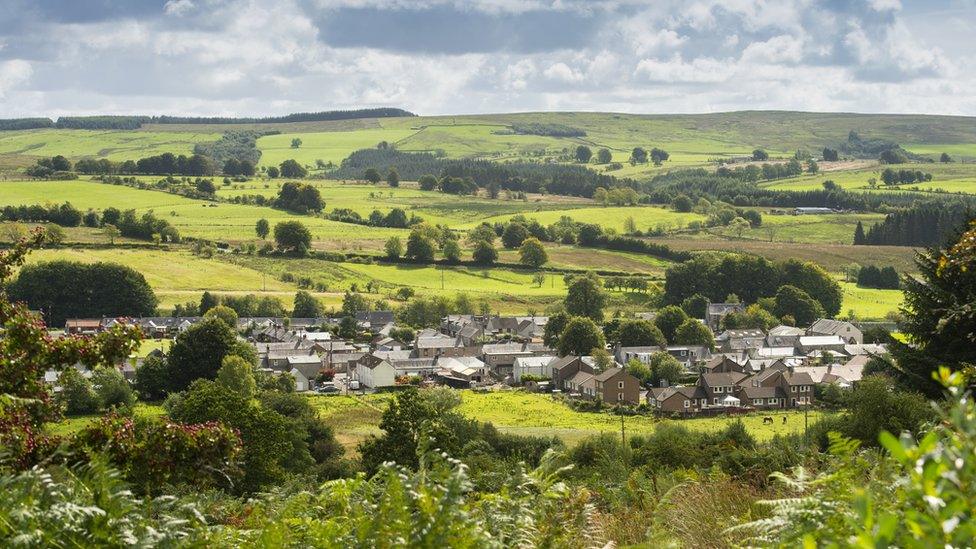
The community in Newcastleton has been working two years on the CCTV scheme
A small Borders village has completed a two-year journey to provide CCTV coverage for the area.
The community council in Newcastleton said the aim was to provide "security, reassurance and peace of mind" to residents and businesses.
It is hoped it can deter any criminal activity and also help investigations if an offence is committed.
In addition, riverside cameras are being put in place to help provide early warning of flood risks.
The community council raised half of the £35,000 needed to fit the system with the rest coming from Scottish Borders Council.
It is the first community CCTV system in the region but it is thought more could follow.
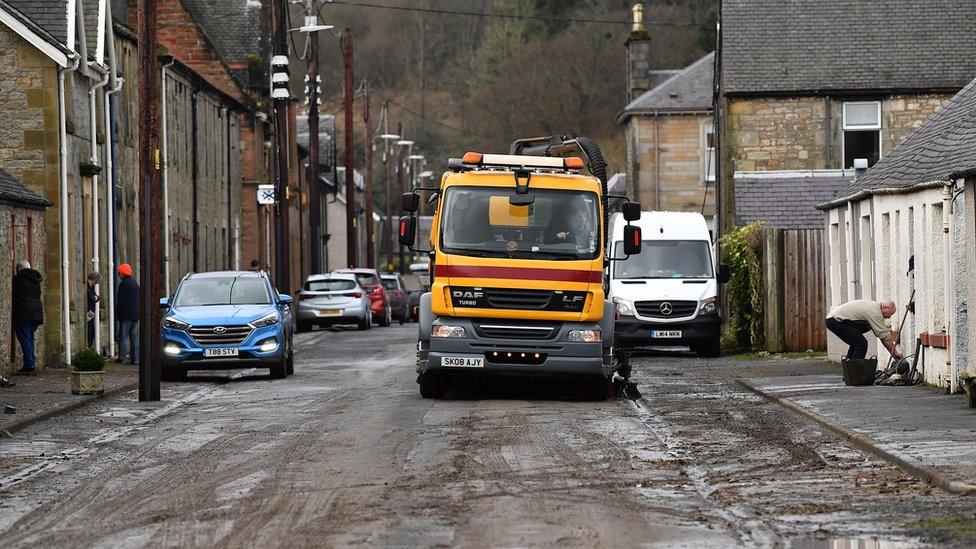
The village has suffered repeated problems with flooding in recent years
Community council chairman Greg Cuthbert said: "After two years of collaboration, it is wonderful to see our efforts finally coming to fruition, with a new CCTV system for the village being officially switched on."
He said it had been a "real team effort" from everyone who backed the plans.
Mr Cuthbert added that police had provided "invaluable support" in ensuring the system met data protection and human rights legislation.
"For Newcastleton, this is another superb example of a collaborative project which has been achieved by the community through increased community ownership, responsibility, and accountability," he added.
"Indeed, there is now a great deal of interest in how other communities can learn from our endeavours."
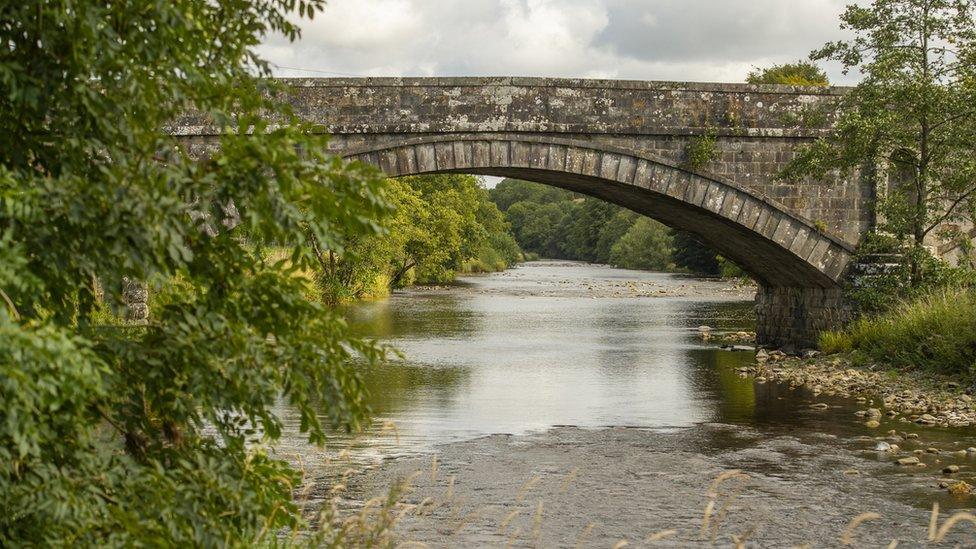
Riverside cameras will monitor water levels to help the battle with flooding
Ch Supt Catriona Paton, divisional commander for Lothian and Scottish Borders, said the move could be helpful in tackling crime.
"CCTV cameras are valued by communities, they are useful as we are not able to have police officers on every street corner," she said.
"They give people reassurance, and they are also a huge operational benefit for the police.
"It is really important that people feel safe and the cameras in Newcastleton will help to enhance community wellbeing."
A second phase of the project will see riverside cameras installed following severe flooding issues in the area in recent years.
They will capture and monitor water levels which can then be studied to help improve any defences being put in place.
Related topics
- Published24 February 2021
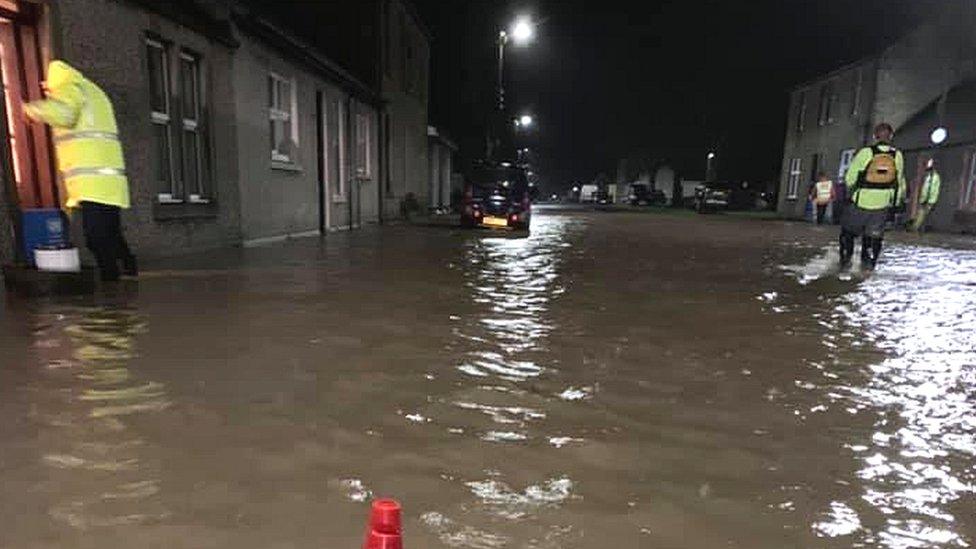
- Published17 February 2020
